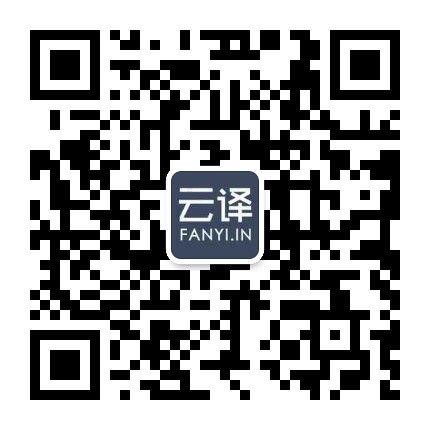|
云譯翻譯公司
翻譯公司帶你學(xué)雙語(yǔ)知識:生活日志 lifestream記得上小學(xué)的時(shí)候,班長(cháng)每天都要填一個(gè)“班級日志”,記錄班里當天上的課程以及諸如“某某遲到”等班級事件。到了后來(lái),大家都有了電腦,好多事情都不用自己動(dòng)手或動(dòng)腦記了,電腦會(huì )自動(dòng)幫我們保存操作記錄,接收郵件的記錄,甚至系統設置記錄等等。所以,其實(shí)像郵件列表、文檔列表等這些我們已經(jīng)習以為常的電腦保存方式都是“日志”的表現形式,我們管它們叫lifestream。 The term "lifestream" was coined by Eric Freeman and David Gelertner at Yale University in the mid-1990s to describe a time-ordered stream of documents that functions as a diary of your electronic life; every document you create and every document other people send you is stored in your lifestream. 生活日志(lifestream)這個(gè)詞是由耶魯大學(xué)的埃里克?弗里曼和大衛?蓋勒特納在20世紀90年代中期初創(chuàng )的,指按照時(shí)間順序記錄日常生活的電子日記本,你創(chuàng )建的以及從別人那里接收的每一個(gè)文檔都會(huì )被存入你的生活日志當中。 The tail of your stream contains documents from the past. Moving away from the tail and toward the present, your stream contains more recent documents --- papers in progress or new electronic mail; other documents (pictures, correspondence, bills, movies, voice mail, software) are stored in between. Moving beyond the present and into the future, the stream contains documents you will need: reminders, calendar items, to-do lists. 生活日志中存在末尾的一般都是過(guò)去的文檔,越往前推移,就會(huì )看到更多近期的文檔——正在寫(xiě)的論文或新郵件,還有其他像圖片、信件、帳單、電影、語(yǔ)音郵件、軟件等文檔也都在其中。除了記錄過(guò)去和當前的事件以外,生活日志還包括一些你隨時(shí)需要的文檔,比如:事件提醒、每日事項以及工作安排等。 |
微信聯(lián)系我們
關(guān)于我們
微信聯(lián)系我們
|
我們的服務(wù)優(yōu)勢
資質(zhì)正規 經(jīng)驗豐富 語(yǔ)種齊全 價(jià)格實(shí)惠 交易安全







